-
The Demon In The Mattress Courage The Cowardly Dog
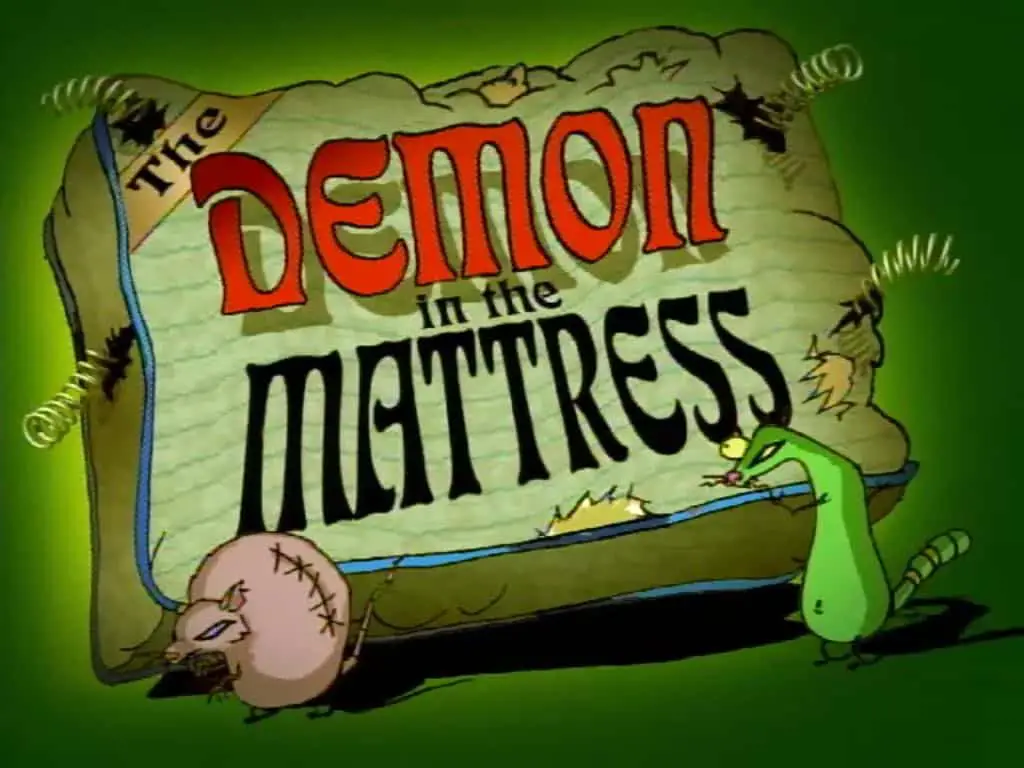
In “The Demon In The Mattress” episode of Courage The Cowardly Dog we have the full moon, the midnight ‘witching’ hour and a comic horror story about possession. The idea of an evil mattress is of course horror fantasy, but comes from the real world mistrust we have about sleeping on other people’s beds. Here […]
-
Big Foot Courage The Cowardly Dog
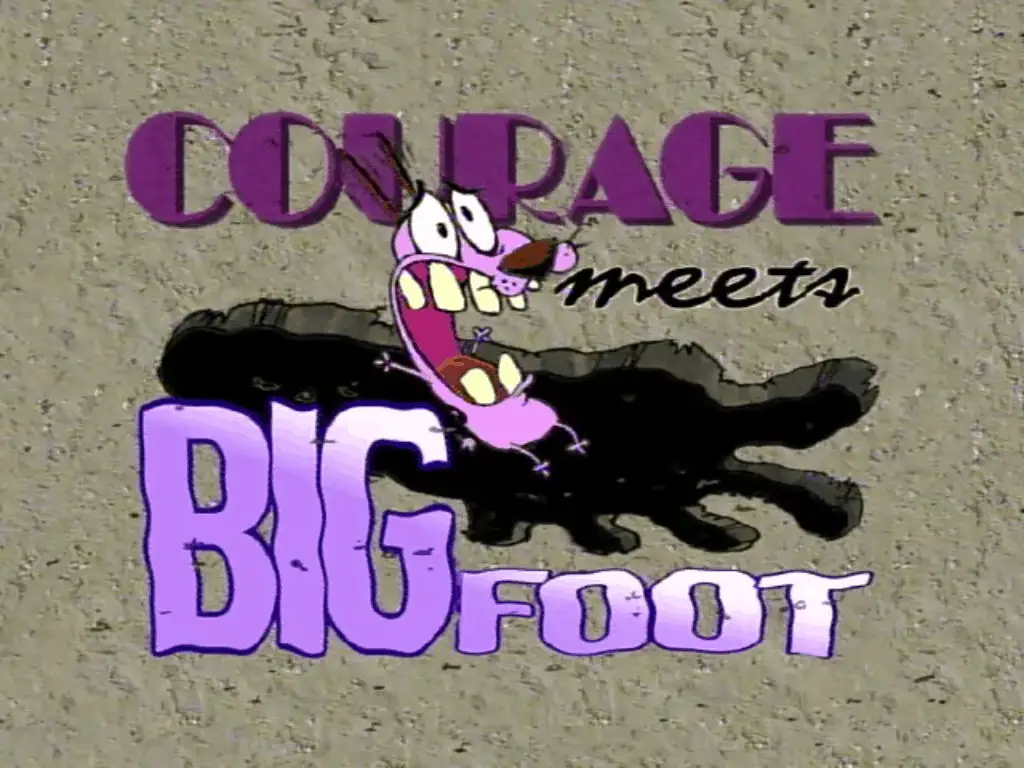
In the “Big Foot” episode of Courage The Cowardly Dog we have a story which makes use of the legend of Big Foot. The great thing about the horror comedy genre is that writers not only have access to a treasure trove of metaphors and symbols — they also have access to urban legends and […]
-
At The Katz Motel (Pilot) Courage The Cowardly Dog: A Night
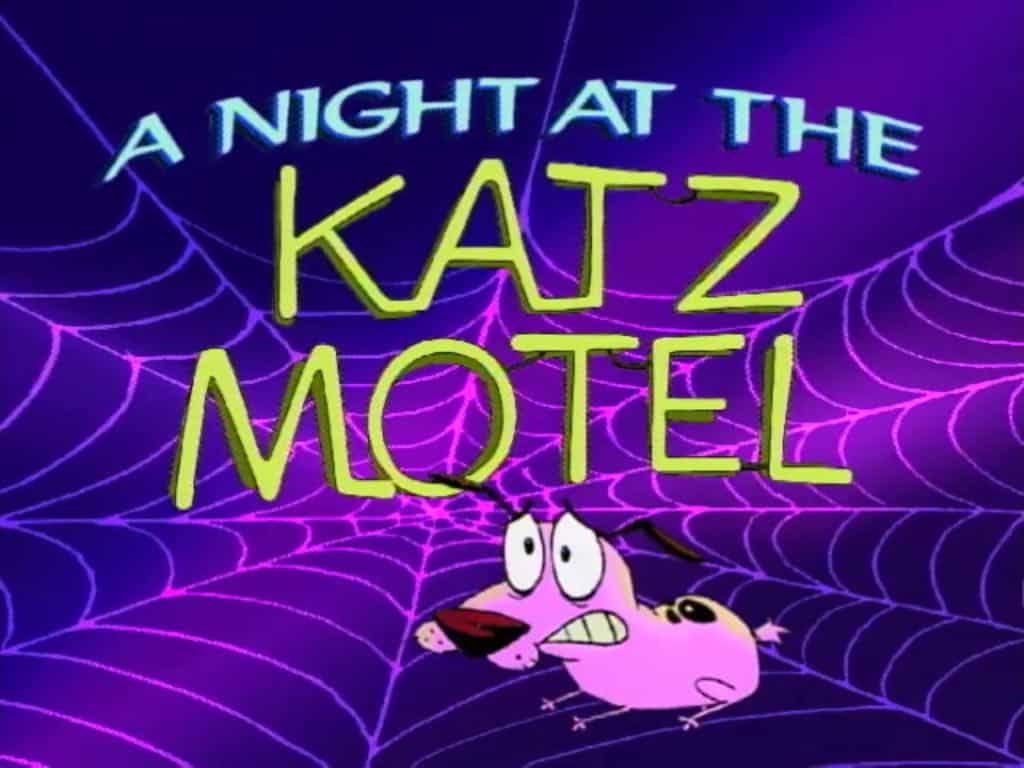
“The Katz Motel” is the wonderful pilot episode of horror comedy for kids, Courage The Cowardly Dog. If you’re anything like me you can’t stand anything on the Cartoon Network for too long. A lot of those shows seem like ill-conceived, overly chatty, highly-polished but vapid productions designed to sell toys. Courage The Cowardly Dog […]
-
The Rule Of Three In Storytelling
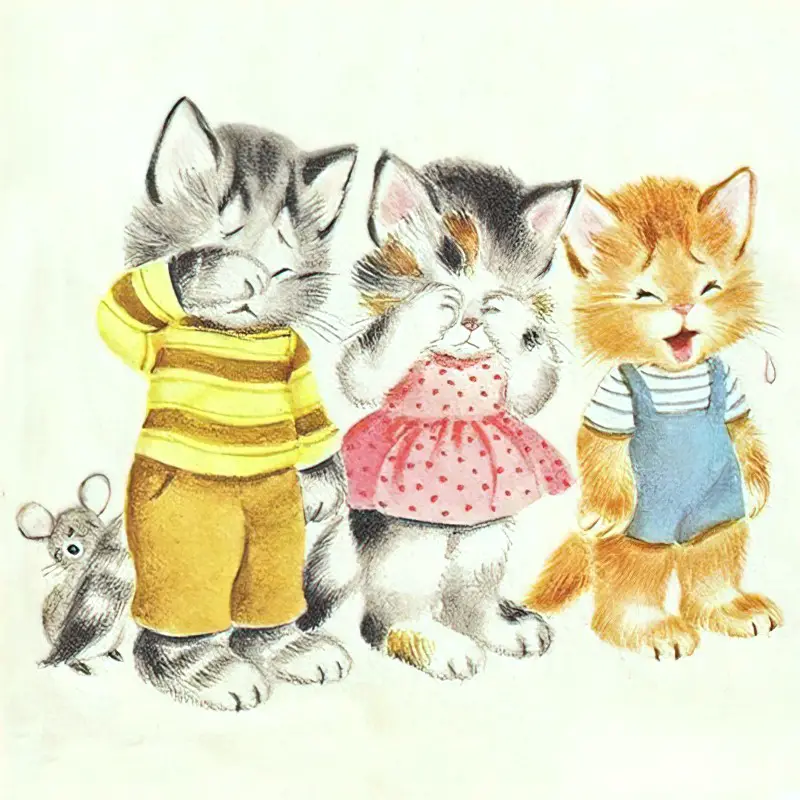
The rule of three in storytelling has several uses. The first works like this:
-
In Medias Res (In The Middle Of Things)

Have you ever been told by a teacher, or by someone in your writing group, that your story must open with action, not description? If they’re being fancy about it, they might advise you to begin in medias res. But certain genres demand the establishment of a norm, e.g. The fish out of water story. […]
-
The Big Honey Hunt by Stanley and Janice Berenstain
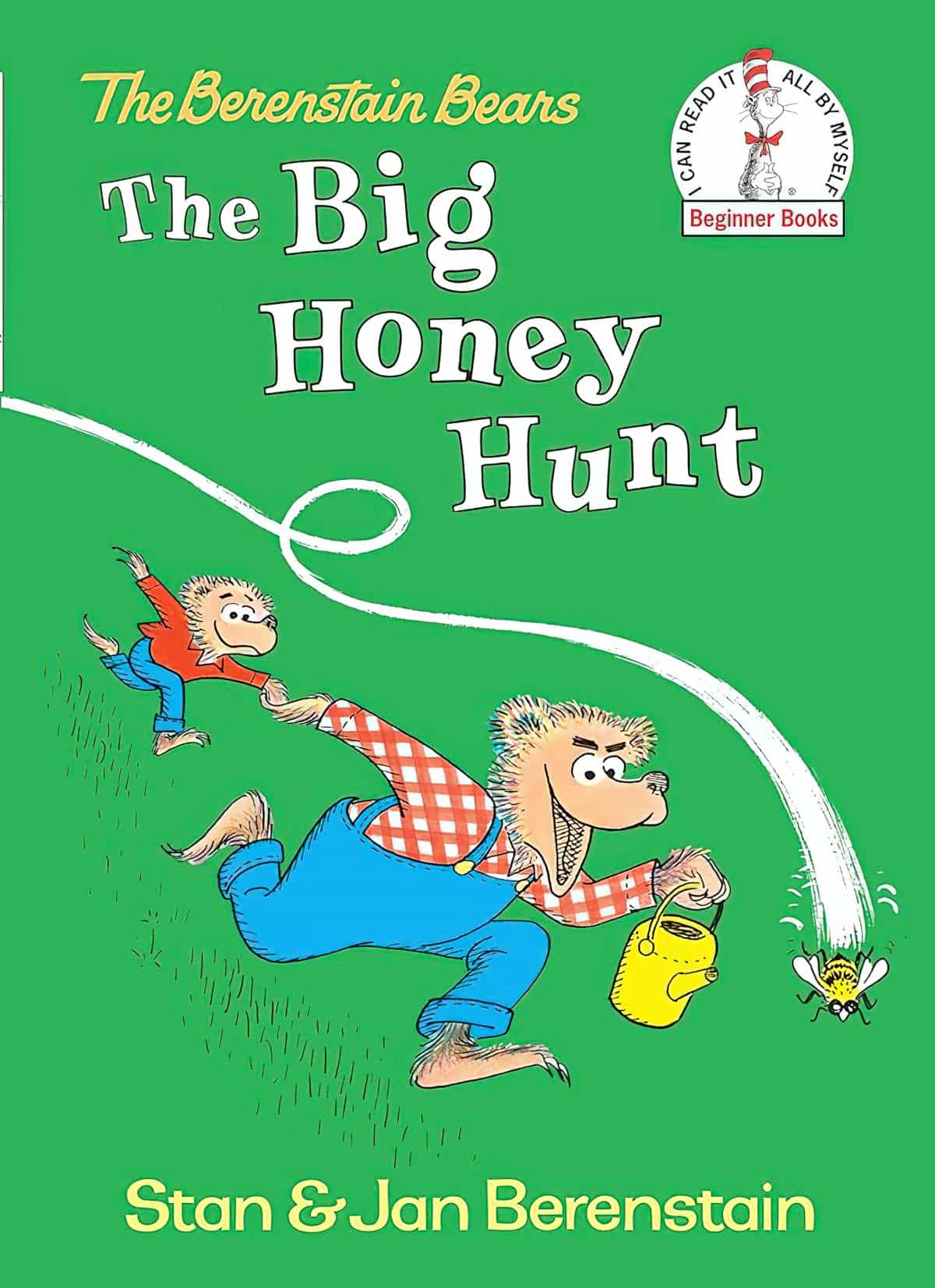
The Big Honey Hunt by the Berenstains is an Odyssean mythic journey. Our hero (heroes, actually) leave the house to achieve a mission and encounter various opponents along the way. They come up against nature and end up back home, ending with an outcome that is neither wonderful nor terrible. Unlike the ‘straight’ myths, this […]
-
Doctor De Soto by William Steig (1982) Analysis
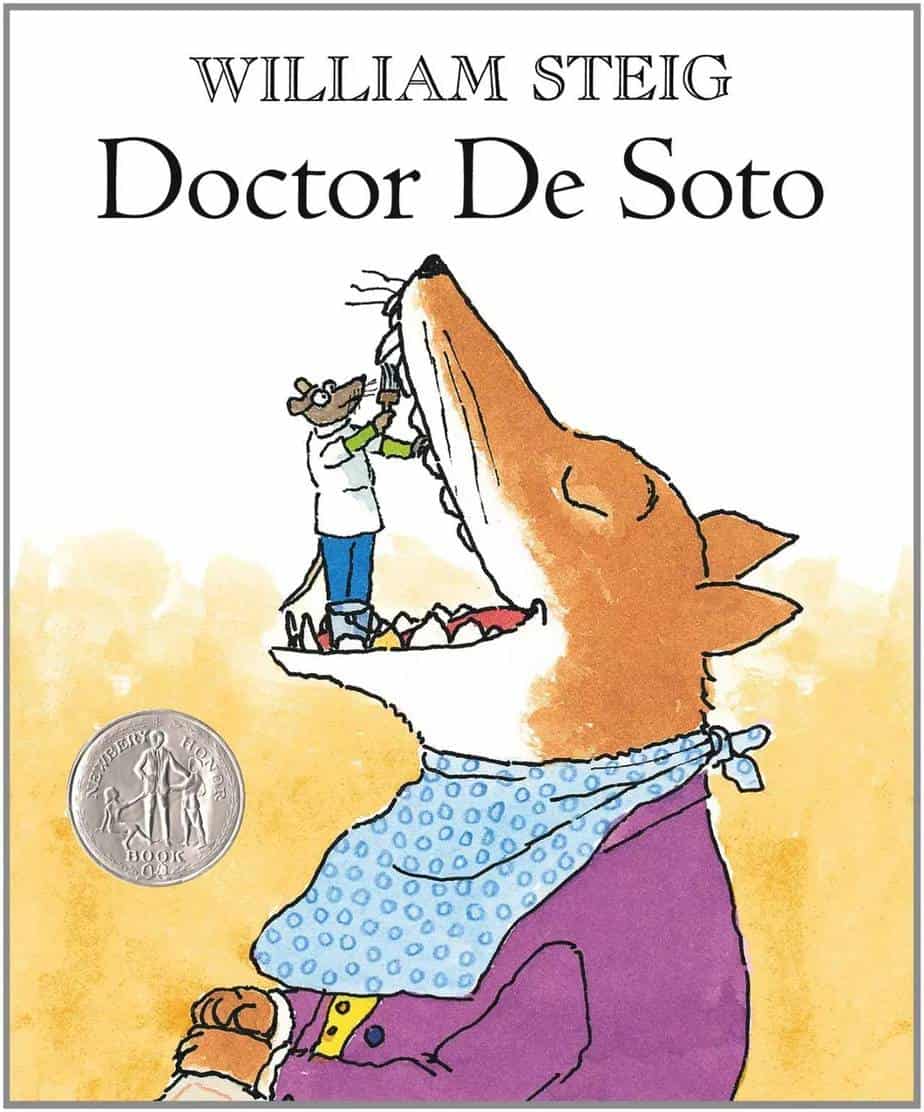
Doctor De Soto is an example of a picture book that owes a lot to Aesop, with the characterisation of the mice and the fox already firmly in place. Mice don’t play as prominent part in the fables as you might think, but foxes are one of the main five, along with countrymen, dogs, donkeys […]
-
Big Mouse And Little Hare Microfiction by Janosch
“Big Mouse and Little Hare” is a very short story from a collection out of Germany in the early 1980s. Janosch (that’s a pen name) was an influential author in Germany, mainly for his prolific contribution to school journals. (Sometimes the ‘big name’ authors aren’t actually the most widely read. That was certainly the case in […]
-
The Girl Title Trend In Children’s Books
The girl title trend in publishing is interesting because it is popular despite some pushback against using the word ‘girl’ to refer to grown-ass women. Author Emily St John Mandel wrote this week about why so much of the bestselling fiction this year has ‘girl’ in the title. Those are my takeaway points but the entire article […]
-
If I Stay by Gayle Forman Storytelling Tips
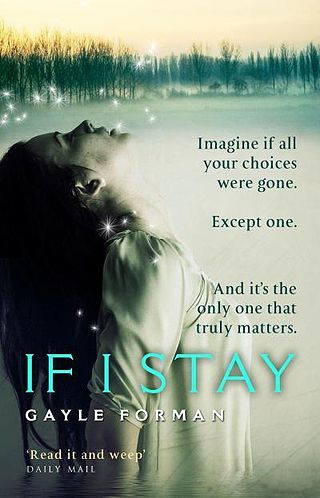
If I Stay by Gayle Foreman is a young adult novel published 2009. This book is beautifully plotted, and makes an excellent case study if writers are planning a story with an ‘alternating’ plot. WELCOME TO THE THIRD GOLDEN AGE This book is an excellent example of ‘The Third Golden Age Of Children’s Literature’, as described by […]
-
The Three Billy Goats Gruff Fairytale Analysis

Can you guess which country this “eat-me-when-I’m-fatter” produced this fairytale? I’ll drop some clues: Yes, it’s Norway. Rudin has a good sense of rhythm, and has retained all the things that are fun about this story as a read-aloud, but I feel the point of it is lost. WHERE TO HEAR THIS STORY I also recommend […]
-
The Useless Donkeys by Lydia Pender and Judith Cowell (1979) Analysis
The Useless Donkeys is a 1979 picture book written by Lydia Pender and illustrated by Judith Cowell. At first I thought The Useless Donkeys was going to be a more realistic, earlier version of Walter The Farting Dog in which an adult threatens to get rid of a family pet, but over the course of […]
-
Princess Smartypants by Babette Cole Analysis
Princess Smartypants is an example of a children’s picture book which uses gender reversal to tell a story that would never really happen. What if women of high socio-economic status could choose their own marriage/non-marriage partners? The ending plays into the stereotypically MRA fear — if women were allowed autonomy they may choose not to include men at all. […]
